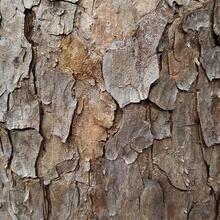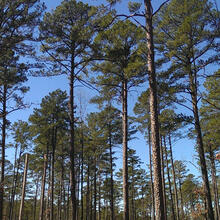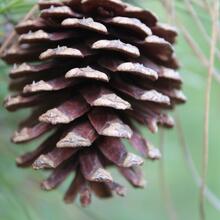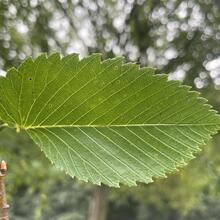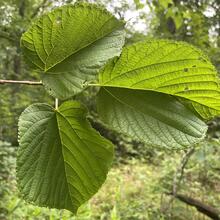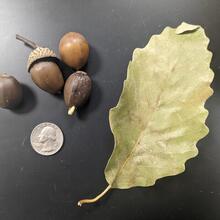Pinus echinata
Pinaceae
Native range mostly in Southeast U.S., but commonly planted for lumber. Blue-green needles. Grows on dry, rocky soil, which gives this species high drought tolerance.
Summary
 Climate Tolerance
Climate Tolerance
NA
Wildlife Benefits
Seeds food source for birds, small mammals; host to Imperial moth and Pine elfin butterfly
Pollination Type
Wind
Plant Hardiness Zones
6 to 9
# Butterfly/Moths that use as host
NA
Bloom Time
Spring (Feb-Mar)
 Shade/Sun Tolerance
Shade/Sun Tolerance
Full Sun: Receives 6 or more hours of direct sunlight
 Maximum Height
Maximum Height
Large (75-100 ft)
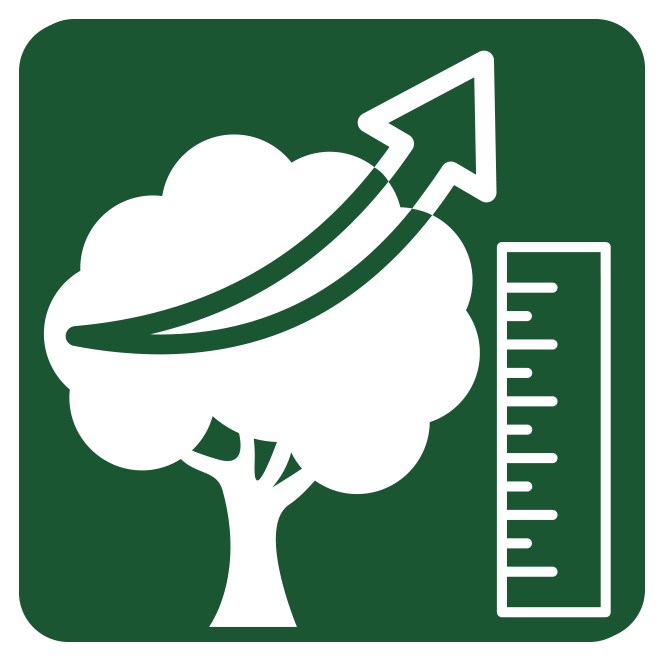 Growth Rate
Growth Rate
Rapid: 2 ft or greater per year
 Soil Type
Soil Type
Loam: Equal mix of clay, sand, and silt. Moderate moisture retention and high nutrient availability.
Sand: Large/coarse particles. Short moisture retention and low nutrient availability.
Silt: Medium sized particles. Moderate moisture retention and high nutrient availability.
 Soil Moisture Tolerance
Soil Moisture Tolerance
Dry: Soil normally retains little to no water
Root - Fungal Association
Ectomycorrhizae: Symbiotic relationship with fungi that exist on outside of plant root cells, facilitating nutrient uptake
Pest & Pathogen Risks
Low; Pine weevil, pine sawfly
 Urban Stress Tolerance
Urban Stress Tolerance
Medium: Tree can adapt to a few urban conditions and will generally grow well
Drought Tolerance
Tolerant: Tree will not become stressed during periods of drought
Coefficient of Conservatism
8
Native Status
OH-Native: Species is native to Ohio
NatureServe G-rank
G5
Plant Community Type
- Beech Mixed: Absent
- Oak Mixed: Absent
- Alluvial: Absent
- Red Maple Mixed: Absent
- Ruderal: Rare
Bloom Color
Yellow
Form
Tree
 Lifespan
Lifespan
Medium: 100-250 years
Soil pH
Acidic (pH<6.8)
Wetland Indicator Status
UPL: Obligate Upland, almost never occurs in wetlands
Soil Compaction Tolerance
Sensitive: Tree will become stressed from soil being compacted
Heat Tolerance
Tolerant: Tree will not become stressed for increased temperature due to urban heat island effects
Salt Tolerant
Sensitive: Intolerant to either aerial salt spray and/or salt present in soil
Native County Status
Not Native to NE Ohio
IUCN Red List Assessment
Least Concern
